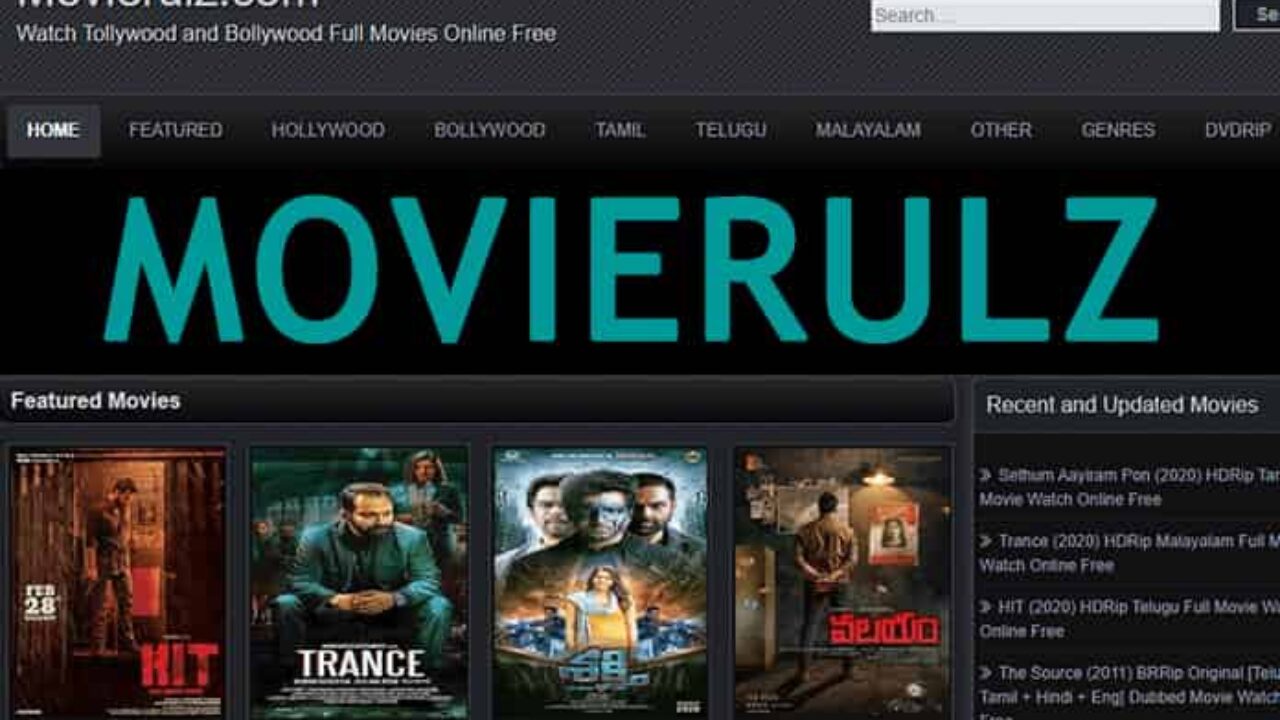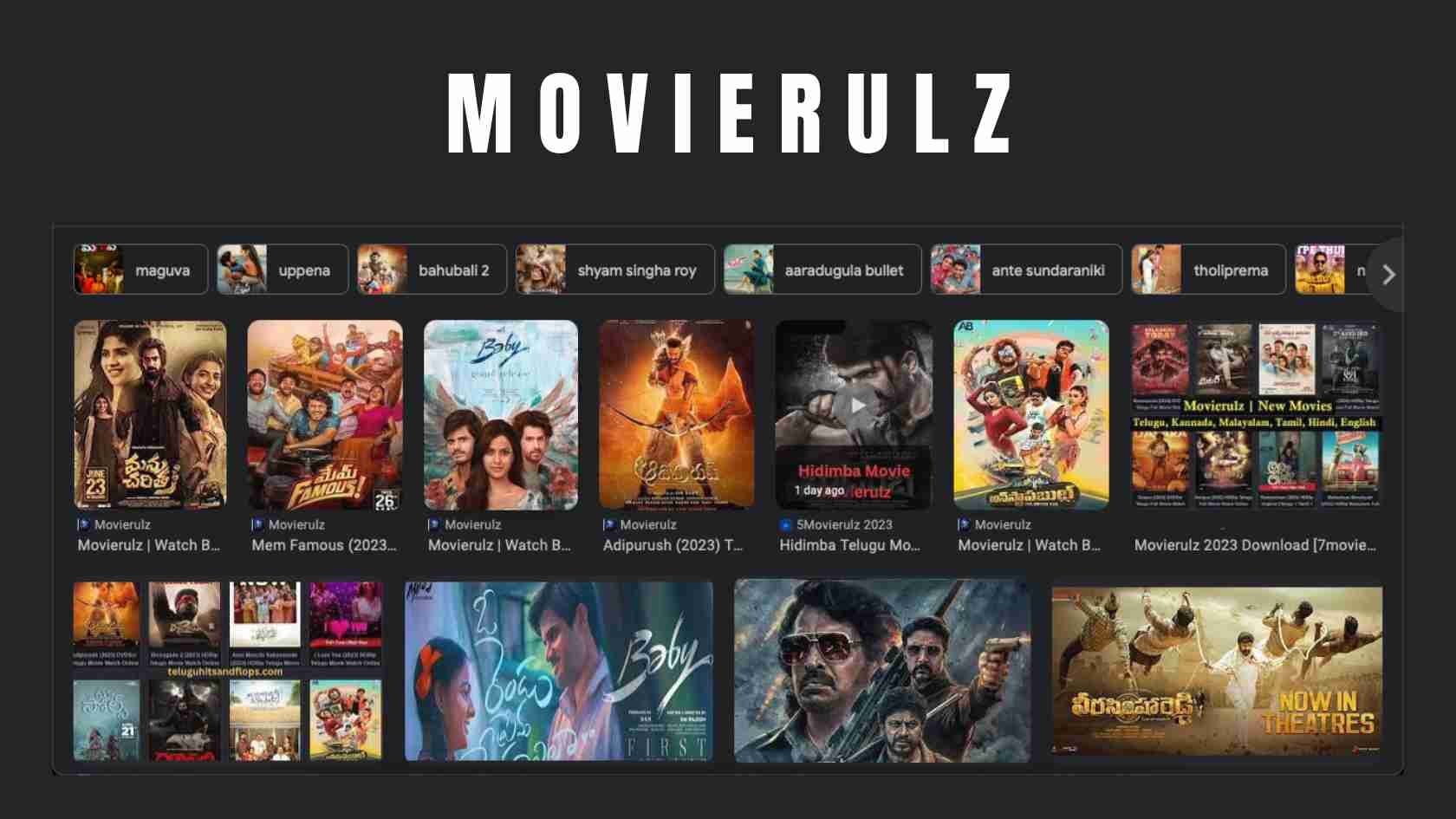Movierulz & Movie Rules: Your Guide To Latest South Indian Films & More!
Are you ready to unlock the secrets behind cinematic storytelling? Understanding the unspoken rules that shape the movies we love can transform your viewing experience, turning passive observation into active engagement.
The world of cinema, a captivating blend of artistry and technology, often adheres to a set of unwritten guidelines. These "Movierules," as they are sometimes referred to, are the invisible scaffolding upon which compelling narratives are built. They are the subtle techniques filmmakers and writers employ to captivate audiences, ensuring that stories resonate deeply and leave a lasting impression. This article will delve into these essential principles, providing insights that will allow you to appreciate the craft of filmmaking on a whole new level. These principles are not about restricting creativity, but rather, about providing a framework for it to flourish. It's about understanding why certain stories work and others don't, why some characters connect with us immediately while others fall flat, and why some movies become timeless classics while others fade from memory quickly.
Before we embark on a deep dive into the "Movierules," it is crucial to acknowledge the shifting landscape of film consumption. With the advent of streaming platforms like JioHotstar, which boasts an expansive library of over 100,000 hours of content in 17 languages, and services such as Zee5, offering access to a vast collection of movies in full HD, the way we experience cinema has fundamentally changed. This shift underscores the importance of a discerning approach to viewing, armed with the knowledge of the underlying principles that govern effective storytelling.
The ease of access to movies, however, is often coupled with the prevalence of piracy. Platforms like Movierulz, while offering seemingly easy access to the latest releases, often do so through illegal means, infringing on copyright and undermining the creative efforts of filmmakers. Movierulz, with its wide range of content including Telugu, Tamil, Kannada, and Hindi movies, web series, and shows, operates in a space where legal boundaries are often blurred. It is important to note that accessing content through such platforms not only deprives creators of their rightful compensation but also carries the risk of malware and security threats.
Its also worth noting that the information age has made it so easy to find information on any and all topics, including Movierulz. Whether youre looking for the latest news on upcoming releases, the latest trailers, or detailed reviews, the digital world can deliver. However, it is equally important to consider the source of information when consuming digital data. Its often difficult to fully vet the credibility of the information provided. Consider taking your information from verifiable sources and not from unverified sources that may contain inaccuracies or even propaganda.
Here is a look at five essential rules for understanding the language of cinema:
1. The Rule of Thirds and Visual Composition:
Visual storytelling is at the heart of cinema. The rule of thirds is a fundamental guideline in visual composition. Imagine dividing your screen into nine equal parts using two horizontal and two vertical lines. The key elements of a shot (the subject, the focal point) are best placed along these lines or at their intersections. This creates visual balance, guides the viewer's eye, and enhances the overall aesthetic appeal of the scene. Consider how the placement of actors in a frame, the use of light and shadow, and the choice of camera angles contribute to the mood and narrative. Observe how the rule of thirds is employed in scenes you watch, and you will begin to notice a dramatic difference in how filmmakers use the space.
2. The 180-Degree Rule and Spatial Awareness:
The 180-degree rule is a fundamental principle of continuity editing, helping to maintain spatial relationships between characters and objects within a scene. Imagine an invisible line, the "axis of action," running between two characters or a character and an object. To maintain spatial coherence, the camera should always stay on one side of this line. Crossing the line can confuse the audience, causing a sense of disorientation and making it difficult to follow the action. Master filmmakers use this rule to guide the viewer's eye and ensure that they understand the relationships between the characters and their environment. Note how filmmakers use different camera angles and shot types to keep the spatial continuity intact. Consider the following example: A character walks through a door. The camera stays on the same side of the door, allowing the viewer to visually follow the movement as the character progresses into a space. The rule helps the viewers maintain their geographical comprehension.
3. Show, Don't Tell and the Power of Visual Storytelling:
This principle emphasizes the importance of letting the story unfold through visual cues rather than relying on exposition or dialogue. Instead of having a character explicitly state their feelings, show their actions, facial expressions, and interactions with others. Instead of narrating a character's background, use flashbacks, environmental details, or symbolic imagery to reveal their past. Effective visual storytelling allows the audience to interpret the narrative, connect with the characters on an emotional level, and draw their own conclusions, making the viewing experience more immersive and engaging. Every cinematic masterpiece has mastered the art of "show, don't tell," offering the viewers visual clues to the larger narrative.
4. Cause and Effect and Narrative Structure:
Cinema thrives on cause and effect. Every scene, every action, and every dialogue exchange should have a direct consequence, driving the narrative forward. The narrative must build upon itself. This creates a sense of momentum and purpose. Each action triggers a reaction, setting off a chain of events that propel the story towards its resolution. The most engaging stories are often those with a clear cause-and-effect chain. Understand how a seemingly small action can have dramatic implications later in the story. This is the core of any good narrative, giving the movie a well-defined trajectory and narrative cohesion.
5. The Importance of Conflict and Dramatic Tension:
Conflict is the engine of any great story. It could be an external conflict between characters, or internal struggles within a character's mind. Conflict creates tension, sustains audience interest, and forces characters to make choices that drive the narrative. A good story will build the tension in the narrative, pushing the story forward and creating anticipation. The greater the conflict, the more compelling the story. Look for the ways in which filmmakers employ conflict to create suspense, build emotional investment, and explore complex themes. Look for ways in which the protagonist's goals are thwarted by the antagonist, and observe the consequences of each action. The skillful manipulation of conflict is at the heart of compelling storytelling.
Understanding these "Movierules" is more than just an intellectual exercise. It allows you to connect with the artistic intent of the filmmakers. As you become more aware of the techniques employed, you'll develop a deeper appreciation for the craft of cinema. You will begin to anticipate plot twists, recognize symbolic imagery, and understand the underlying meaning of the stories you watch. Furthermore, armed with this knowledge, you can approach cinema with a more critical eye, evaluating not only the entertainment value but also the artistic merit of the film.
The world of cinema is constantly evolving. New technologies, storytelling techniques, and viewing platforms are emerging. However, the fundamental principles of narrative construction, character development, and visual storytelling remain constant. In the coming months, we can expect to see further developments in the availability of content. Platforms like Movierulz will continue to provide access to a wide range of content, including the latest Telugu, Tamil, Kannada, and Hindi movies. Understanding the underlying rules of filmmaking will help you navigate this dynamic landscape, allowing you to appreciate the artistic merit of the films, while also protecting yourself from the risks associated with illegal platforms.
Consider also the ethical implications of accessing movies through piracy websites. Supporting illegal content undermines the industry, depriving creators of their rightful compensation and potentially contributing to the spread of malware and security threats. Choose to support legal streaming platforms and enjoy movies in a responsible manner, understanding the legal and ethical implications of your choices. Enjoy watching new Telugu movies, exploring the latest South Indian cinema, and experiencing movies on your mobile device responsibly. And always remember, your viewing experience can be greatly enhanced by understanding the Movierules that shape the stories you love.


